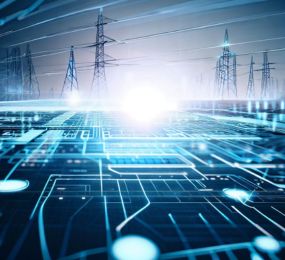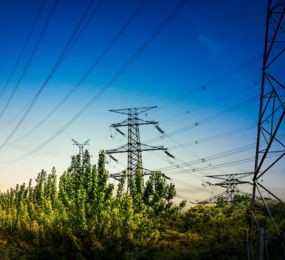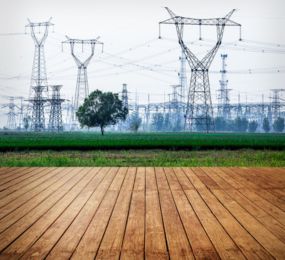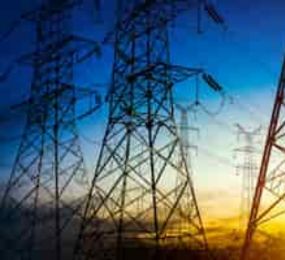The digital transformation of power grids is revolutionizing how electricity is generated, distributed, and consumed. At the forefront of this transformation are Artificial Intelligence (AI) and Machine Learning (ML), which are becoming indispensable tools for improving the efficiency and reliability of power grids. One of the most impactful applications of AI and ML in this sector is load forecasting—the process of predicting future power demand to optimize grid operations.
Enhancing Accuracy in Load Forecasting
Traditional load forecasting methods often rely on historical data and statistical models, which can be limited in their ability to account for the complexities of modern power systems. AI and ML, however, bring a new level of sophistication to the process. By analyzing vast amounts of data, including weather conditions, economic indicators, and consumer behavior, these technologies can predict power demand with greater accuracy. This improved accuracy allows grid operators to better balance supply and demand, reducing the risk of blackouts and ensuring a more stable power supply.
Real-Time Decision Making
AI and ML also enable real-time decision-making in load forecasting. As power grids become more complex with the integration of renewable energy sources and the rise of distributed generation, the ability to quickly adjust to changing conditions is critical. Machine learning algorithms can continuously learn from new data, allowing them to adapt to unforeseen events and provide real-time insights to grid operators. This agility is crucial for maintaining grid stability and preventing outages, especially during peak demand periods.
Optimizing Resource Allocation
Effective load forecasting not only improves grid reliability but also optimizes resource allocation. By accurately predicting power demand, utilities can better plan maintenance schedules, reduce operational costs, and enhance the integration of renewable energy sources. This leads to more efficient use of resources, lower emissions, and ultimately, a more sustainable energy system.
Conclusion
The digitalization of power grids through AI and ML in load forecasting is a game-changer for the energy sector. As these technologies continue to evolve, they will play an increasingly vital role in creating a more resilient, efficient, and sustainable power grid.
Visit our website to register and secure your spot today! click here: https://bit.ly/3peklYc
For more information and group participation, contact us: [email protected]
















